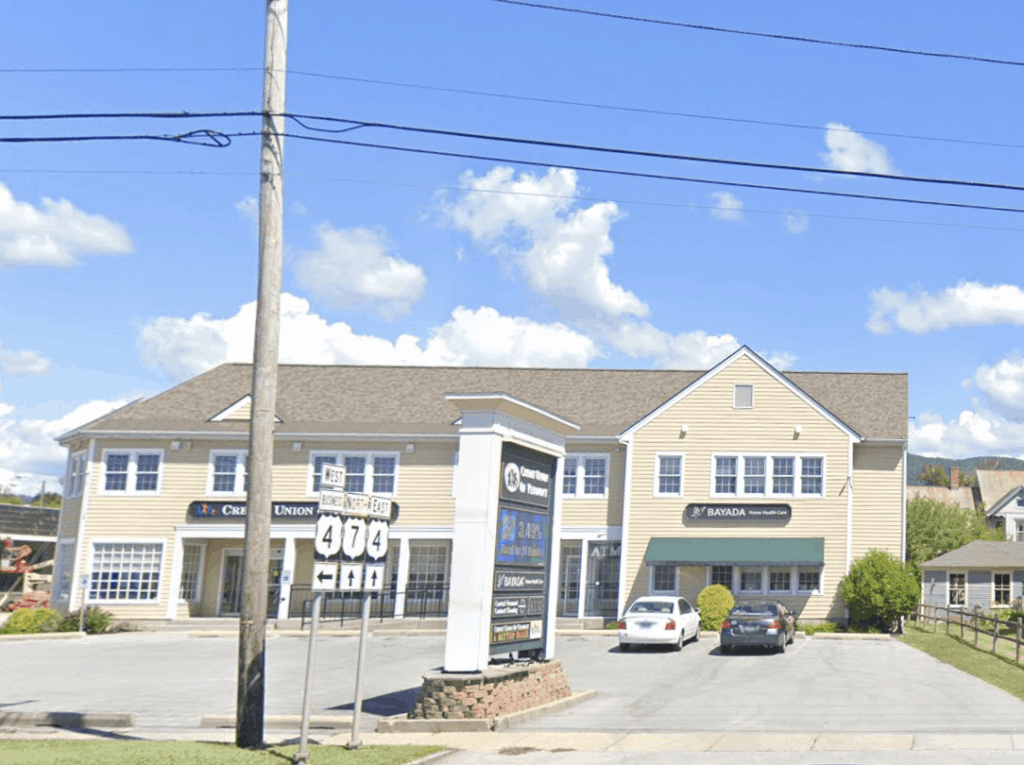
By Brett Yates
In February, after two years of revision, the Rutland City Board of Aldermen voted in favor of a sweeping sign ordinance proposed by the planning commission, establishing district-by-district standards for commercial signage and limiting displays to a maximum of 75 square feet. But on March 1, the board hit a snag as it sought to take the first step toward implementing the newly approved law.
Any amendment to the Rutland City ordinances requires a newspaper notice containing its full text or, in the case of lengthier legislation, summarizing the substance of the change. The law goes into effect 20 days after publication. When City Attorney Matt Bloomer presented a summary of the sign ordinance for approval by the board at its last fortnightly meeting, some of the aldermen began to express second thoughts – not about the public notice, but about the text of the ordinance itself.
Alderman Sam Gorruso noted that Brian Fogg, the CEO of the Credit Union of Vermont at 2 South Main St., had contacted him with concerns after the announcement of the sign ordinance’s approval. “He basically said that this ordinance is going to level his sign right to the ground. And I thought these were minimal changes,” Gorruso confessed.
“Indeed, the new ordinance is quite a big change,” replied Alderwoman Rebecca Mattis, who shepherded the legislation through the charter and ordinance committee. Mattis clarified that Fogg’s sign would become “nonconforming under the new ordinance because of its size and because of the size of his electronic message board,” but the ordinance contains a grandfather clause for existing signs that expires only “upon any significant alteration” by a sign’s owner, at which time the sign “shall be brought into conformance.”
Furthermore, until Jan. 1, 2023, the legislation permits the owners of grandfathered signs to change the “primary content” of their signs without triggering the conformance requirement. This postponement of enforcement, however, doesn’t apply to alterations to “the mechanical facilities of the sign, including lighting infrastructure.”
Therein lies the problem for the Credit Union of Vermont, whose freestanding sign on Route 7 includes two seven-year-old LED panels. “LED technology has changed quite dramatically over the past seven years,” Fogg told the Mountain Times.
One of the panels has already started to “act up,” as he put it. “What am I going to replace it with? I’m not going to find a seven-year-old one; they don’t make them anymore. I’m going to get a new one: same size, same function.”
Although the ordinance allows for “routine repair and maintenance” on grandfathered signs, Fogg worries that a new LED panel would revoke his sign’s protected status under the current text. “If you’ve got to basically change a light bulb, now you have to tear down your whole sign,” he lamented.
The Credit Union of Vermont shares the building that it owns and occupies with several commercial tenants, whose names appear on the lower portion of the sign. Fogg also wonders whether, if a new tenant moved in, the resulting change on the sign would constitute an alteration to its “primary content.” If so, his sign won’t last long.
“We want to look good in our community. We want our community to look good. I’ve spent hundreds of thousands of dollars on making our building look good, including our sign,” Fogg declared, pointing out its fluted posts, crown molding, “natural earth tone,” and “craftsman-style” details, for which he credited Signs of Distinction in Shrewsbury, that built it.
The LED panels constitute a “modern design element,” but Fogg consciously eschews flashy effects that would distract drivers or annoy pedestrians. He uses the panels, in part, to broadcast “a variety of public service messages,” including “information about Art in the Park, as an example.”
A member-owned financial institution, the Credit Union of Vermont serves the entire community.
“We’re just a small credit union. We don’t have Madison Avenue budgets here. Having signage is our Number 1 means of marketing,” Fogg explained, adding that the not-for-profit cooperative pays $40,000 in annual property taxes to sit at “the most heavily trafficked location in the entire state of Vermont.”
Fogg doesn’t oppose the implementation of a sign ordinance, and he credited Mattis and Alderman Chris Ettori for listening to his input on the subject back in 2019. But he wishes the city had, in the preceding days or weeks, made the public — and especially affected property owners — aware of the meeting in February where the ordinance finally received a vote.
“It’s just about fair dealing and recognizing that business is important to the city and attracting and retaining and keeping businesses happy and competitive and able to function — those are all important functions of the city, alongside other important considerations like the aesthetics of our community,” Fogg opined.
According to the text of the ordinance, its purpose is to “provide uniform controls that improve the visual appearance of the city while providing for effective means of communication” and to “avoid excessive conflicts from large or multiple signs.” It also codifies a sign permit application and approval process while seeking to prevent safety hazards and to “ensure sign design, especially in the historic areas, builds on the traditional town image and desired visual environment.”
Having received Fogg’s comments after the fact, the Board of Aldermen appeared willing to amend the ordinance to accommodate his concerns. “If things come up like this that sneak through our intent, I assume we can change it,” Mattis said.
Ultimately, the board elected to put off the sign ordinance’s 20-day countdown, tabling the public notice and sending the legislation, once more, to the charter and ordinance committee for potential revision.




